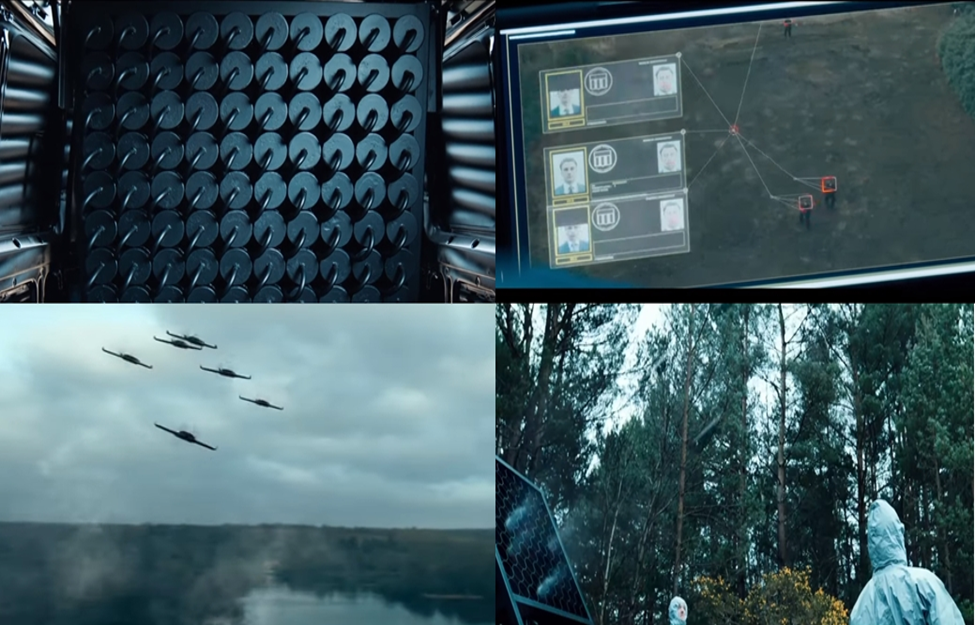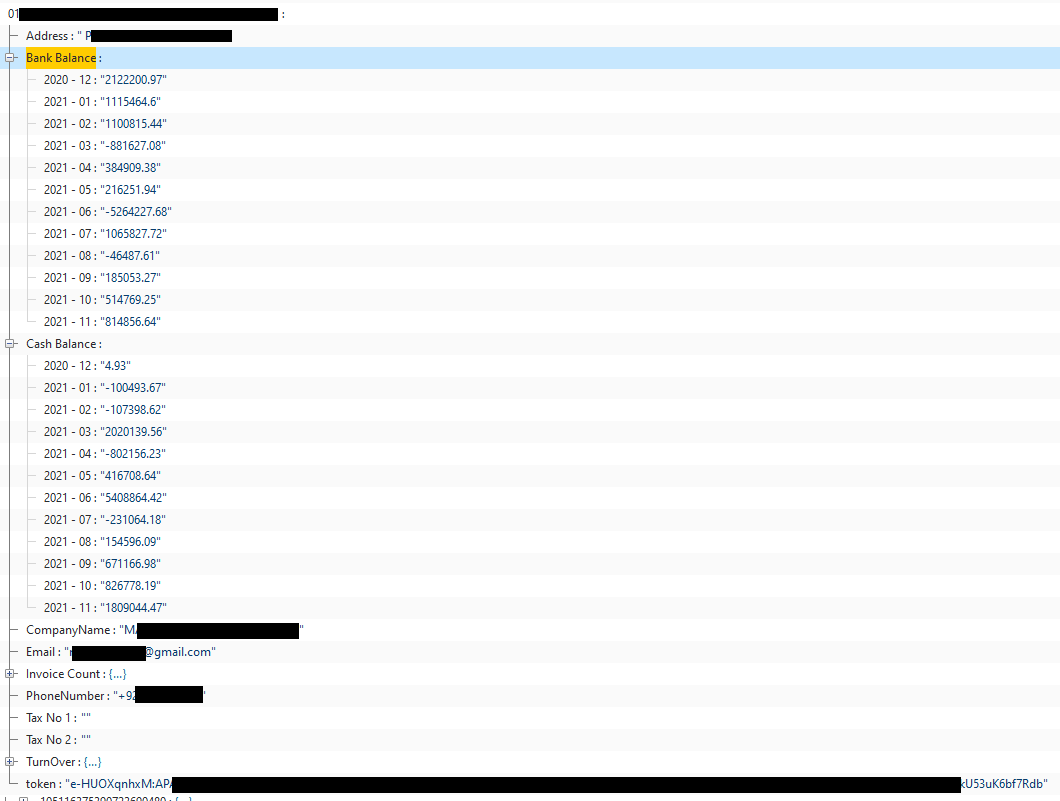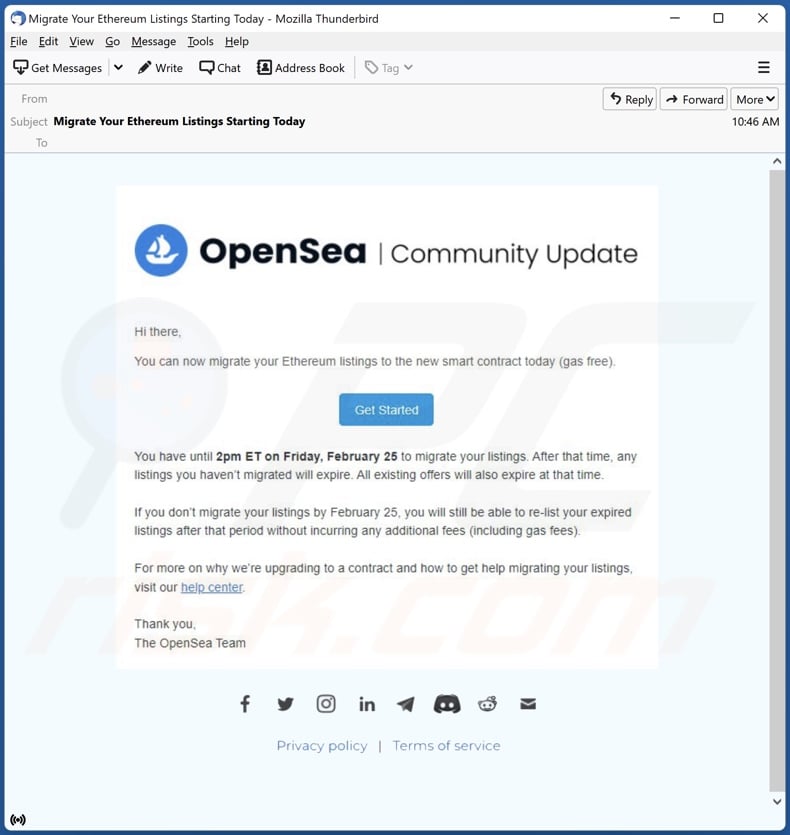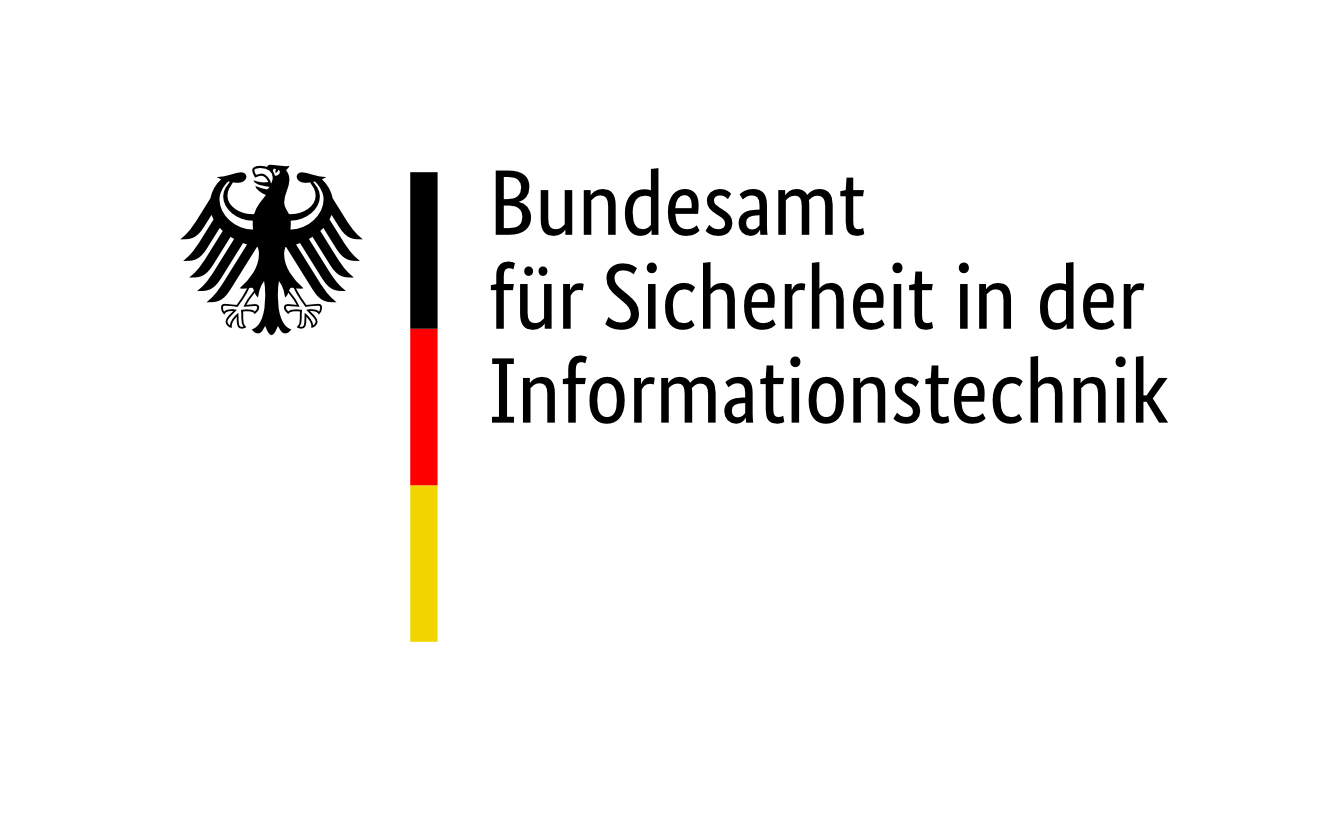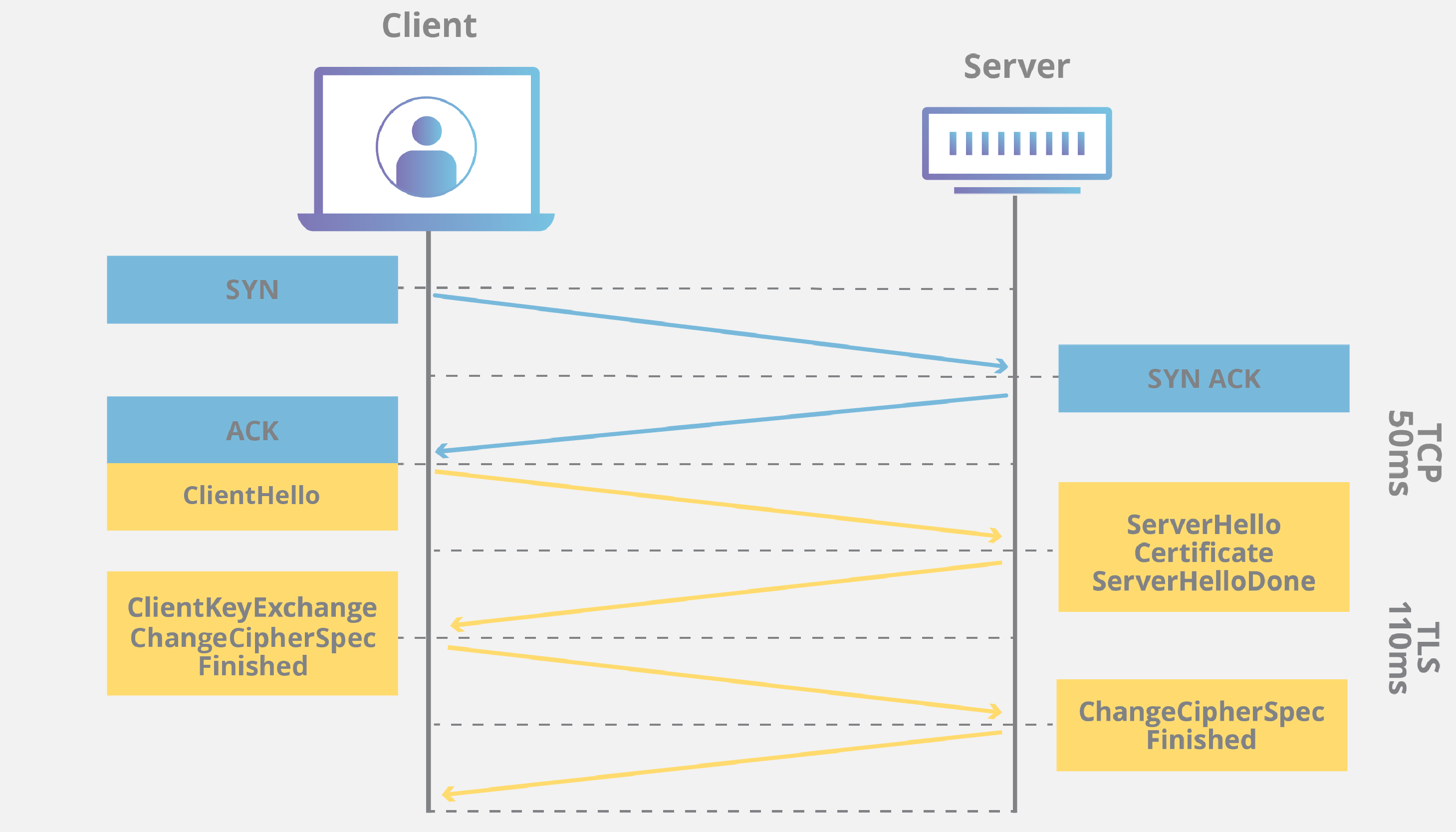
On February 24th, between the hours of 5 a.m and 9 a.m, tens of thousands of KT-SAT SATCOM terminals suddenly stopped working in several European countries, notably Ukraine and Germany [1]. Resulting in the loss of internet for tens of thousands of people and the disconnection of 5,800 wind turbines in Germany. This outage occurred at the same time Russia launched its full-scale invasion of Ukraine [4]. Investigation into the outage has revealed that it is the result of a cyber attack, launched by unidentified hackers. It is currently not known whether they were backed by the Russian state, which has repeatedly rejected allegations that it participates in cyberattacks [1].
Back-Up, What are SATCOM Terminals? What Does SATCOM Even Mean?
SATCOM stands for satellite communication, meaning that a SATCOM terminal is a device used to communicate with satellites. They have a wide range of uses, from applications in emergency communication devices that allow vessels to send distress calls to providing basic access to the Internet [6]. SATCOM networks are used for communication in a large number of industries, including aviation, media, and military and defense. It’s estimated that about eight million Americans rely on SATCOM networks for internet access [5]. Similarly, Viasat’s KA-SAT network and its terminals (the ones that were attacked) provide high-speed satellite internet coverage to Europe and the Mediterranean, and developmentally, the Ukrainian military is recorded to be using this type of satellite terminal [3]. Over the past several years, Ukraine’s military and security services have purchased communications systems that run over Viasat’s network and government contracts have been reviewed to show that the KA-SAT network has provided internet connectivity to the Ukrainian military and police units [1].

Image Source: https://en.wikipedia.org/wiki/KA-SAT
The Attack and Its Consequences
From what is publically known so far, the attack:
- Began on February 24th, between 5 a.m and 9.am [1].
- Was launched by unidentified hackers, accordingly the Russian government has denied any involvement [1].
- Has disabled tens of thousands of modems that communicate with Viasat’s KA-SAT satellite, kicking out internet connectivity to tens of thousands in the affected area [1].
- Has disconnected the operations of 5,800 wind turbines (which utilize SATCOM modems) owned by the German company Enercon. [2].
- Has affected Ukrainian military communications such that the attack has been acknowledged as “a huge loss for them in terms of communications in the very beginning of war” [3].
- Was a result of a misconfiguration in the “management section” of the satellite network that had allowed the hackers to gain remote access into the modems, knocking them offline. [1].
- Has damaged the modems to the extent that most of the affected devices were rendered inoperable and would need to be reprogrammed either by a technician on site or at a repair depot and that some would have to be swapped out. Notably, more than two weeks later some still remain offline [1].

Image Source: https://www.zdnet.com/article/viasat-confirms-cyberattack-causing-outages-across-europe/
Why Should I Care? How Does This Relate To Cybersecurity?
Within the realm of cyberattacks and cyberwarfare, the scope and effect of recent attacks have been limited to targeting private companies [11], government websites, and infrastructure [12]. While these attacks have been devastating (and costly), up until recently, larger-scale systems such as SATCOM networks have been relatively safe. However, the recent Viasat attack has shown that satellite communications networks are not only vulnerable to but already have been targeted by cyberattacks, with a sizable level of success. The utility and value that these networks provide cannot be overstated, particularly regarding military usage. A successful attack could render a communications blackout for an entire army and distress calls could be blocked or power generation depots could be shut down, darkening entire cities.
Not only does the current risk regarding these large networks include the devastating costs of a successful attack but also in the widespread and international nature of these types of networks. The KA-SAT network alone covers broad areas of Europe and the Mediterranean [1]. The attack on the 24th was harmful enough. Imagine that a more destructive attack was to be successfully launched, the damage would not only be disastrous but also far-reaching. With such dire possible consequences, cybersecurity regarding satellite communication is as vital as ever.
While some SATCOM networks are currently vulnerable, all hope is not lost. a joint CISA-FBI advisory issued on the 17th urged SATCOM network providers and critical infrastructure organizations that rely on these networks to reinforce their cybersecurity defenses due to an increased possibility of cyberattack [5]. The advisory outlines defensive actions for both SATCOM providers and their customers to take amid investigations into the Viasat attack [10]. Those that were attacked are taking action as well. Viasat and Enercon are taking steps to repair their systems:
- Enercon reports that it is working with the operators of the affected wind farms to set up alternative ways to regain remote control of the turbines. There was no risk to the turbines as they continued to operate on “auto mode,” the company said [2].
- Viasat is working with distributors to restore service for those fixed broadband users in Europe impacted by this event, with a priority focus on critical infrastructure and humanitarian assistance [5].
A Hopeful Conclusion
Ultimately, the attack on the 24th was not permanently damaging and has not caused an immediate loss of life (outside of any casualties caused by the interruption of military communications in Ukraine). While the temporary halt of internet connectivity, communications, and wind power generation control was shocking, the affected systems are in repair. Not only has the attack raised eyebrows regarding SATCOM security but it has also triggered a response involving steps to reinforce the digital security of these networks so that future (potentially more harmful) attacks can be prevented.
References:
- https://www.reuters.com/world/europe/exclusive-us-spy-agency-probes-sabotage-satellite-internet-during-russian-2022-03-11/
- https://www.reuters.com/business/energy/satellite-outage-knocks-out-control-enercon-wind-turbines-2022-02-28/
- https://www.reuters.com/world/satellite-outage-caused-huge-loss-communications-wars-outset-ukrainian-official-2022-03-15/
- https://www.reversemode.com/2022/03/satcom-terminals-under-attack-in-europe.html
- https://techcrunch.com/2022/03/18/cisa-fbi-satellite-networks/
- https://www.goincognito.co/info-massive-cyber-attack-in-europe/
- https://www.zdnet.com/article/viasat-confirms-cyberattack-causing-outages-across-europe/
- https://www.zdnet.com/article/cisa-and-fbi-warn-over-threats-to-satellite-communications-networks/
- https://www.reuters.com/business/aerospace-defense/satellite-firm-viasat-probes-suspected-cyberattack-ukraine-elsewhere-2022-02-28/
- https://www.cisa.gov/uscert/ncas/alerts/aa22-076a
- https://www.itworldcanada.com/article/cyber-security-today-march-2-2022-toyota-and-aon-deal-with-cyber-attacks-updates-on-axis-and-nvidia-attacks-and-more/474804
- https://www.csis.org/programs/strategic-technologies-program/significant-cyber-incidents


